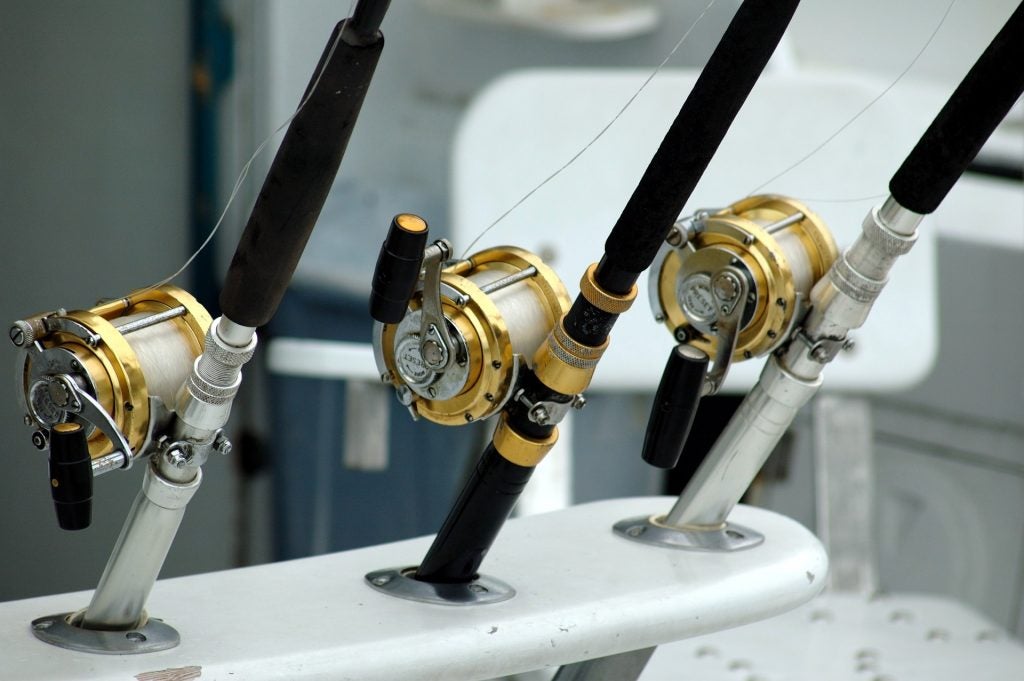New research published in Proceedings of the National Academy of Sciences of the United States of America finds that current management of marine recreational fishing in the U.S. could be leaving over a billion dollars per year in potential economic value on the table.
Many recreational fisheries are struggling with outdated management that relies on season, size, and bag limits to control catch of recreational fish. These policies promote a “race to fish” with catch often exceeding sustainable limits, resulting in even tighter regulations and fishing seasons closed for much of the year. These regulations are intended to help achieve a fishery’s biological goals, but experience shows they fail to deliver and ultimately impose significant economic costs. This is true in commercial and recreational fishing alike. In recreational fishing, economic values are squandered because season closures limit choice for anglers and exclude many from the fishing experience.
The policy response has been business as usual, but in this new research we find clear evidence that anglers would benefit from new policies that allow year-round fishing opportunities within current catch limits. We can achieve that through sustainable catch limits, secure allocations of annual fish catch, and careful catch monitoring. This would significantly increase economic benefits for anglers and recreational fishing businesses.
We estimated potential angler benefits of management reform using angler survey data collected during the 2014-2015 Gulf Headboat Collaborative pilot program. This program was established by a group of Gulf of Mexico headboat captains (headboats are for-hire fishing boats that take large groups of people offshore fishing) who wanted to try a new approach to managing their fishery. The fishing seasons for red snapper and other popular species have become very short and unpredictable, making it difficult to operate viable businesses.
Visitors to the region during Spring Break and other times of the year, “snowbird” retirees escaping the wintry north, and local residents who prefer fishing when crowds have subsided or the weather is more favorable – these groups have been excluded from the region’s marquee fisheries for years. In contrast, the new management approach tested by these headboats provided secure allocations of annual fish catch to allow year-round fishing when it made the most sense for their businesses and angler customers. The program was a win-win for the environment and the economy.
In the new study, we surveyed Gulf of Mexico angler preferences for fishing trips with different characteristics. One of those characteristics is whether red snapper fishing trips are limited to the status-quo June fishing season vs. year-round. In either scenario, anglers would have the same amount of baseline catch, so the question is whether they prefer trips in June or the choice of when to go fishing throughout the year. People’s choices about how many trips they would take with different prices, seasons, and management scenarios allow us to estimate how much it is worth to them to have that policy vs. the status quo.
Applied to the Gulf of Mexico red snapper headboat fishery, we find that being able to have trips retaining red snapper available year-round could increase angler value in this one fishery by $12 million per year. When placed in the context of broader recreational fishing, this suggests potential economic benefits of $1.2 billion per year for U.S. saltwater anglers, $13 billion in potential annual benefits for anglers in OECD countries, and $30 billion in potential annual benefits for the number of estimated anglers in the world. Today’s recreational fishing management policies do not provide the choice of when to go fishing, so anglers do not enjoy these significant potential economic benefits.
Fishery management decisions often reduce to quantities – how many fish do we get, how much is a pound of fish worth? This misses the forest for the trees, overlooking how to make better use of available fish and build the most value. Our results show there is significant value to anglers of having the flexibility to catch the species they want when they want to catch them – while remaining under sustainable catch limits.
We have the management tools to get there – a group of headboats in the Gulf of Mexico has proven their success – but recreational fisheries remain caught in a spiral of short seasons and tightening regulations. The significance is not limited to headboats or recreational for-hire fishing. In the Gulf of Mexico and around the world, policy inaction excludes people from the fishing experience and wastes potential economic benefits.
A management approach based on science-based catch limits, secure allocations to groups or individuals that combine flexibility with accountability, and careful catch monitoring has tremendous promise. This is how we can engage a wider array of anglers in our oceans’ abundance, provide expanded and higher-quality fishing opportunities for anglers, and generate billions of dollars in economic value. Decades of experience demonstrate how this approach promotes thriving commercial fisheries and helps rebuild and sustain fish populations. Our research results now reveal the significant promise these tools offer for recreational fisheries as well.











